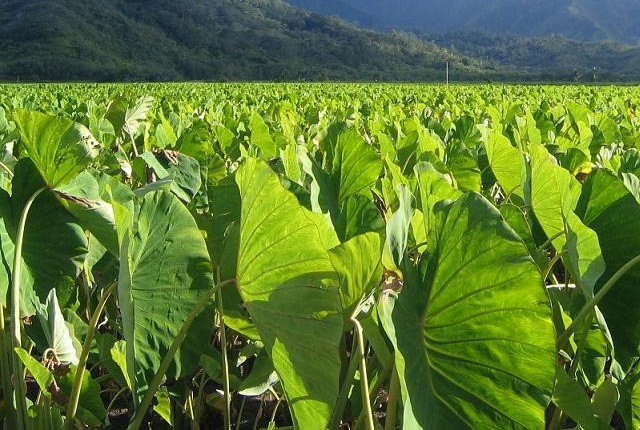Arbi Farming Tips
The term arbi is probably unfamiliar to you, but what it actually means is not. The arbi is a plant that is commonly known as taro and is mostly cultivated for its sweet-flavored tuber. The term arbi is a Hindi term for the root.
It is one of the edible tropical plants but has poisonous quality if not cultivated and cooked properly. To avoid any accidents to happen and so that you can properly grow your arbi, in this article are arbi farming tips to guide you in growing arbi.

The arbi or simply taro root is a tropical or subtropical plant which is usually grown for its starchy and sweet tuber. The plant is perennial which means it grows for the whole year which is why it is one of the important root crops in the world. The arbi is one of the terms used in India, being that taro root is a favorite cooked dish in the country. The arbi plant grows up to 2 meter tall characterized by elongated leaves of light green color. There are many plants under its family Araceae, many of them are edible and Colocasia esculenta is the most common species for consumption. The arbi is mostly cultivated for its tuber but the plant’s fresh leaves can also be consumed.
The Climate
In order for it to thrive, it has to be planted in such place that is of warm and moist conditions. It is ideal for the plant’s growth to be cultivated in such a place where rainfall is evenly distributed. In the case of drought or in an area with dry, low rainfall, you probably need supplemental irrigation.
Similar Articles
The Soil
The arbi can grow in a wide range of soils as long as it has good organic matter but stony or rocky soils are to be avoided. The most ideal soil requirement for the plant would be loamy soil, well-drained with 5.5 to 7 pH range. If the soil does not have enough nutrients, it is advised that you apply organic matter for soil preparation.
Preparing the Soil
In soil preparation, it is required to have around a pair of deep ploughings in order for the field to be soft textured. It will help so that the roots of arbi can easily grow and develop. As you prepare the soil, you have to remove the weeds and apply organic matter in order for the soil to be rich. In planting the arbi, the spacing should be about 60 to 90 cm with about 2 meters distance between rows.
Propagating the Plant
There are two ways in propagating the plant. It is either by chopping the top section of the tuber and turn into small pieces. Or it can be by offshoots separated from the main plant when they were about 18 cm in height and then replanting them.
Recommended Articles
- A Guide to Feijoa Farming and Maintaining
Growing and maintaining a feijoa is not very difficult to do. The idea of planting feijoa is really good because it is advantageous health wise and makes a lot of money if traded. - Commercially Growing Beetroot
Are you interested in beetroot farming? If you are, you can start with your commercial farming with these great tips.
Comment
Categories
- Franchise Opportunities
- Wholesale Business Opportunities
- Small Manufacturing Business
- Farming Business Ideas
- Unique Business Opportunities
- Shop Business Ideas
- Small Business Opportunities
- Startup Company Ideas
- Home Based Business Opportunity
- Rural Business Opportunities
- Tips for Buying and Selling
- Starting Rental Business
- Ideas for Small Business
- Free Business Ideas
- Internet Business Ideas
- Store Business Opportunities
- Entrepreneur Business Idea
- Retail Store Ideas
- Service Business Ideas
- Advice for Small Business
- Financing a Small Business
- Restaurant Business Opportunities
- Small Business Articles
- Business Marketing and Advertising
- Repair Business Opportunity
- Professional Career Opportunities
- Business Insurance Information
- Instructor Guides


